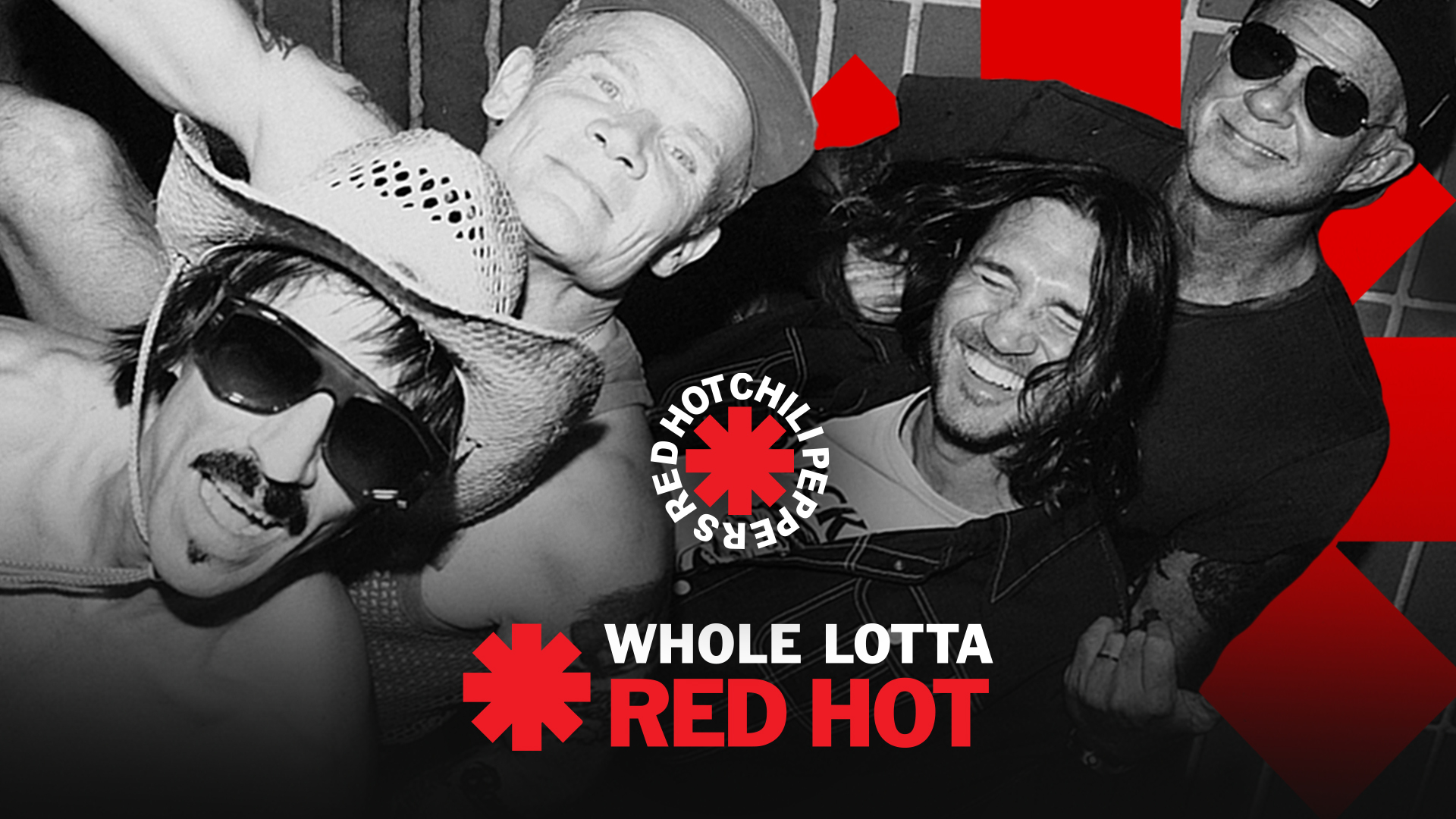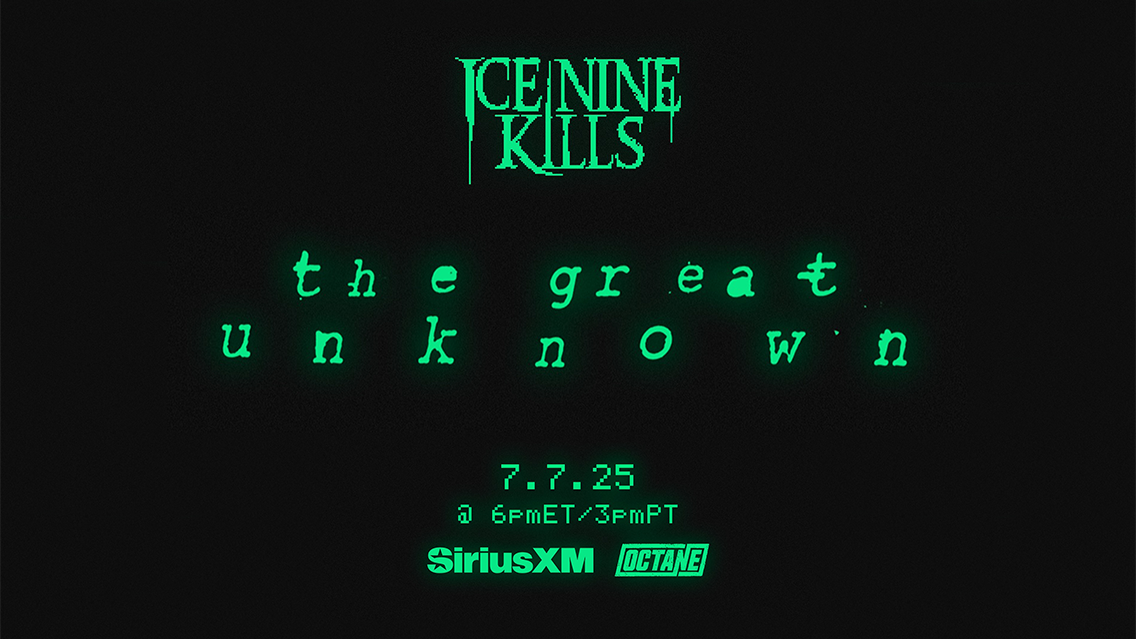Bitcoin Solaris Implements Revolutionary Merkle-DAG Structure, Solving Avalanche’s Byzantine Fault Tolerance Limitations
The post Bitcoin Solaris Implements Revolutionary Merkle-DAG Structure, Solving Avalanche’s Byzantine Fault Tolerance Limitations appeared on BitcoinEthereumNews.com. Advertisement     Disclaimer: The below article is sponsored, and the views in it do not represent those of ZyCrypto. Readers should conduct independent research before taking any actions related to the project mentioned in this piece. This article should not be regarded as investment advice. Avalanche introduced a breakthrough in consensus design by using repeated sub-sampled voting to reach probabilistic consensus. While the approach enabled scalable throughput, it introduced trade-offs in fault tolerance, particularly under adversarial conditions and high validator churn. Bitcoin Solaris addresses those limitations with a fundamentally different design: a Merkle-DAG structure that preserves ordering integrity and enhances Byzantine Fault Tolerance (BFT) across its entire validator set. Instead of relying on repeated message propagation or randomized polling, Bitcoin Solaris uses cryptographic linkages across state changes to enforce consistency, determinism, and conflict resolution without requiring global coordination. This model increases throughput and finality speed and improves resistance against long-range attacks and inconsistent state propagation — key weaknesses in Avalanche’s design when applied to permissionless environments. Merkle-DAG Integration Across the Dual-Layer Architecture The innovation lies in how the Merkle-DAG is implemented across Bitcoin Solaris’s dual-layer blockchain, where each layer maintains autonomy while contributing to network-wide consensus: The Base Layer, secured by Proof-of-Stake (PoS) and Proof-of-Capacity (PoC), uses Merkle-based confirmations to structure block history and enforce ledger immutability. Every block’s position is cryptographically verifiable through hash-linked ancestry. The Solaris Layer, powered by Proof-of-History (PoH) and Proof-of-Time (PoT), applies Merkle-DAG logic to execution ordering and transaction state transitions. This enables high-speed consensus with 10,000+ TPS and 2-second finality, while ensuring every transaction has a deterministic position in the network’s global state. Unlike Avalanche’s DAG-based consensus, where conflicting transactions may require multiple rounds of probabilistic resolution, Bitcoin Solaris’s Merkle-DAG model defines absolute order. This ensures state determinism even during validator faults or…

The post Bitcoin Solaris Implements Revolutionary Merkle-DAG Structure, Solving Avalanche’s Byzantine Fault Tolerance Limitations appeared on BitcoinEthereumNews.com.
Advertisement Disclaimer: The below article is sponsored, and the views in it do not represent those of ZyCrypto. Readers should conduct independent research before taking any actions related to the project mentioned in this piece. This article should not be regarded as investment advice. Avalanche introduced a breakthrough in consensus design by using repeated sub-sampled voting to reach probabilistic consensus. While the approach enabled scalable throughput, it introduced trade-offs in fault tolerance, particularly under adversarial conditions and high validator churn. Bitcoin Solaris addresses those limitations with a fundamentally different design: a Merkle-DAG structure that preserves ordering integrity and enhances Byzantine Fault Tolerance (BFT) across its entire validator set. Instead of relying on repeated message propagation or randomized polling, Bitcoin Solaris uses cryptographic linkages across state changes to enforce consistency, determinism, and conflict resolution without requiring global coordination. This model increases throughput and finality speed and improves resistance against long-range attacks and inconsistent state propagation — key weaknesses in Avalanche’s design when applied to permissionless environments. Merkle-DAG Integration Across the Dual-Layer Architecture The innovation lies in how the Merkle-DAG is implemented across Bitcoin Solaris’s dual-layer blockchain, where each layer maintains autonomy while contributing to network-wide consensus: The Base Layer, secured by Proof-of-Stake (PoS) and Proof-of-Capacity (PoC), uses Merkle-based confirmations to structure block history and enforce ledger immutability. Every block’s position is cryptographically verifiable through hash-linked ancestry. The Solaris Layer, powered by Proof-of-History (PoH) and Proof-of-Time (PoT), applies Merkle-DAG logic to execution ordering and transaction state transitions. This enables high-speed consensus with 10,000+ TPS and 2-second finality, while ensuring every transaction has a deterministic position in the network’s global state. Unlike Avalanche’s DAG-based consensus, where conflicting transactions may require multiple rounds of probabilistic resolution, Bitcoin Solaris’s Merkle-DAG model defines absolute order. This ensures state determinism even during validator faults or…
What's Your Reaction?








































